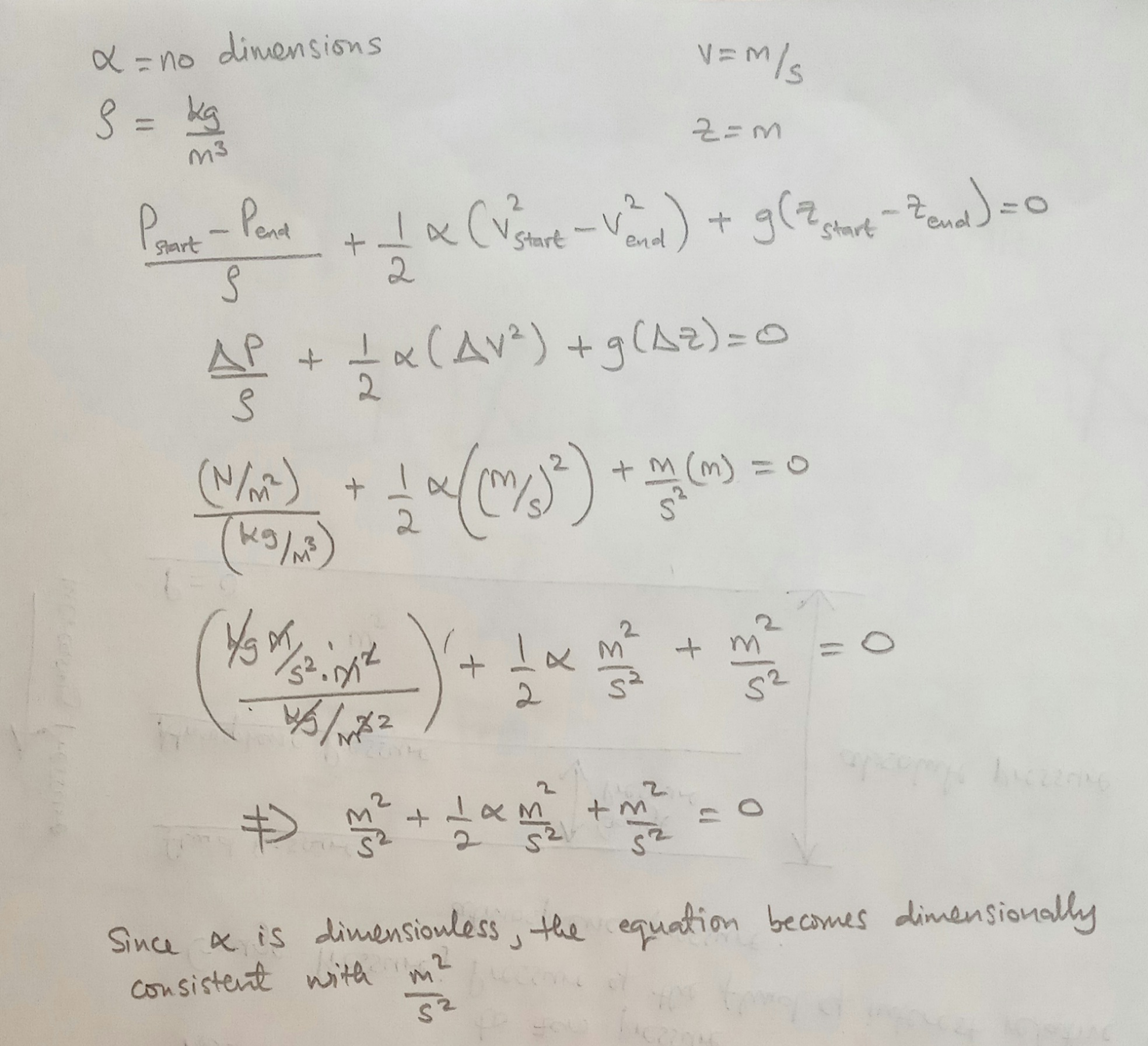Describing
Physical Quantities
Units
the
metric and America engineering systems are the most widely used unit systems in
the industrial world. However, a single worldwide unit system was introduced in
order to solve any problems that may arise when products are traded
internationally from one unit system to another. Hence the Systeme
Internatinale d’Units or SI system was formed.
Some
widely used systems are summarized below
|
System |
Mass |
Length |
Time |
Temperature |
|
SI |
kg |
m |
s |
Kelvin |
|
American |
lbm |
ft |
s |
Fahrenheit |
|
cgs |
g |
cm |
s |
Celcius |
Conversion
Factors
This
is a relationship expressed by an equation where the entries on each side of
the equation are the same quantity but expressed in a different form of units.
for
example: Convert 3 meters to inches.
Moles
This
is the number of molecules in a compound whose mass in grams is numerically
equal to its molecular weight. can be in the form of gram-mol (gmol),
kilogram-mol (kgmol) or pound-mole (lbmol) depending one your preferred unit
system.
Mixture
Composition
it
is important to find the amount of a particular substance in a mixture using
concentration (c) of the substance. The following relationships can help find
the concentration, mass and mole fractions of a substance, A.
The
above equations ca be manipulated to suit the problem being solved. Depending
on what variables are provided, it is easy to solve for unknowns as follows
(where MW stands for molecular weight of a species):
Dimensional
Consistency
1. Terms
that are added or subtracted together MUST have the same units. For example, in
the equation y = mx + b, the units of mx and b must be the same.
2. Exponents
MUST be unitless, therefore an exponent with multiple terms must have those
terms cancel out.
Equations
that correctly describe a physical phenomenon MUST obey the above rules of
dimensional consistency
Exercise
1. Convert
the following
a) an
acceleration of 1 cm/s2 to km/yr2 (Ans: 9.95 * 109
km/yr2)
b) 1
bar into g/cm-s2 (Ans: 106 g/cm-s2)
c) 10,000
g/cm2-s2 into J (Ans: 0.001 J)
2. Calculate the Pressure at the bottom of a swimming pool with a depth of 2 meters.

3. When
a fluid flows from one location to another under certain circumstances, the
changes in fluid properties can be described by Bernoulli equations:
where α: dimensionless correction factor, ρ: fluid density, P:
fluid pressure, v: fluid velocity, z: fluid elevation
Show that this equation is dimensionally consistent in the SI
system.

4. A
gas mixture has the following mass percentage: 70% N2, 14% O2,
4% CO and 12% CO2. What are the mole percentages of the gases in the
mixture? what is the average molecular weight of the mixture? (MW for N2 =
28g/mol, O2 = 32 g/mol, CO = 28 g/mol and CO2 = 44
g/mol).
Assume
a mass basis of 100 g for the total mixture
|
components |
mass
fraction |
mass
(g) |
MW
(g/mol) |
Moles |
Mole
fraction |
Mole Percent |
|
N2 |
0.70 |
70 |
28 |
2.500 |
0.745 |
74.5 |
|
O2 |
0.14 |
14 |
32 |
0.432 |
0.131 |
13.1 |
|
CO |
0.04 |
4 |
28 |
0.143 |
0.043 |
4.3 |
|
CO2 |
0.12 |
12 |
44 |
0.273 |
0.081 |
8.1 |
|
Total |
1.00 |
100 |
|
3.354 |
1.00 |
100 |
Average
molecular weight




No comments:
Post a Comment